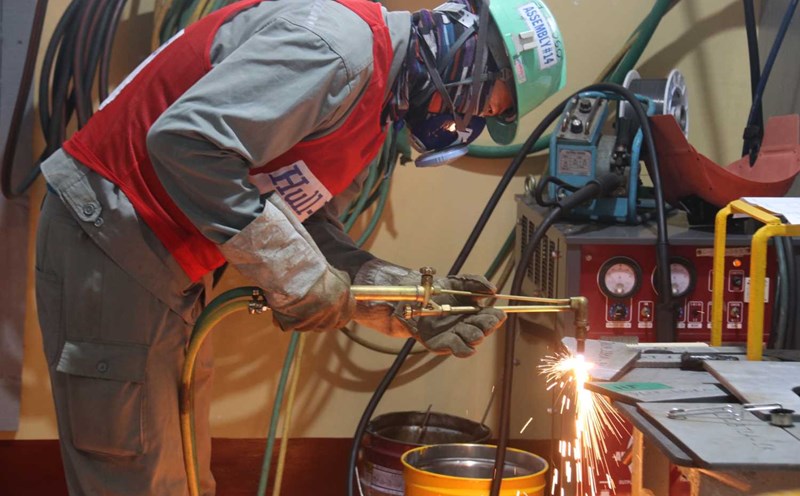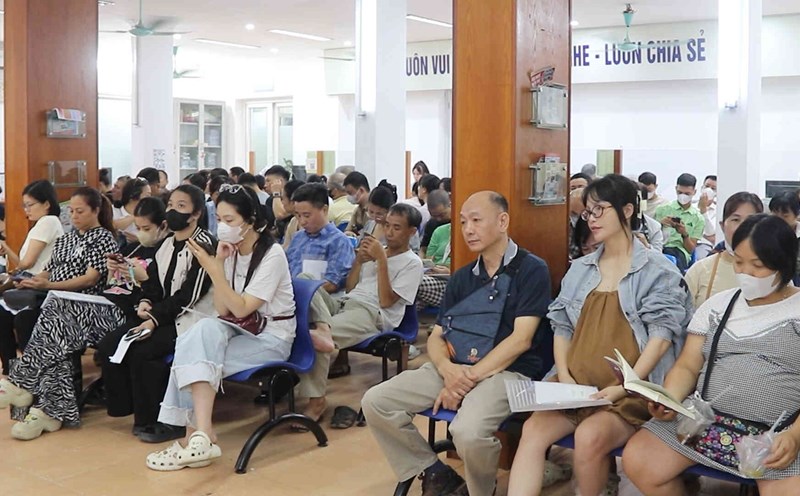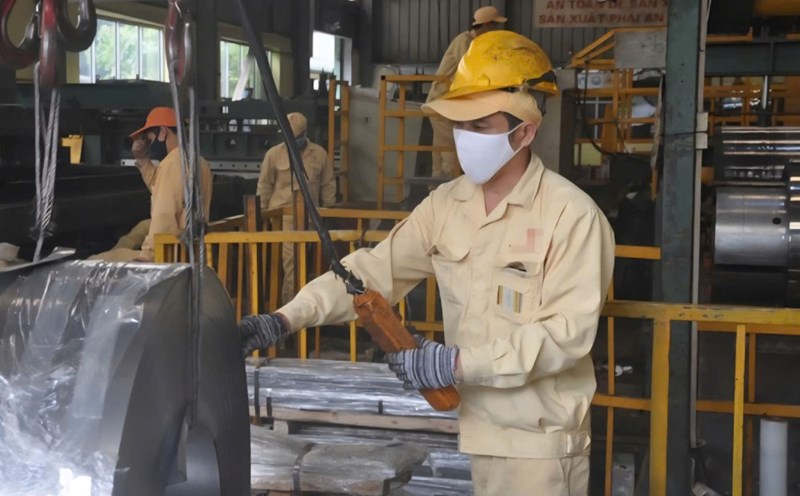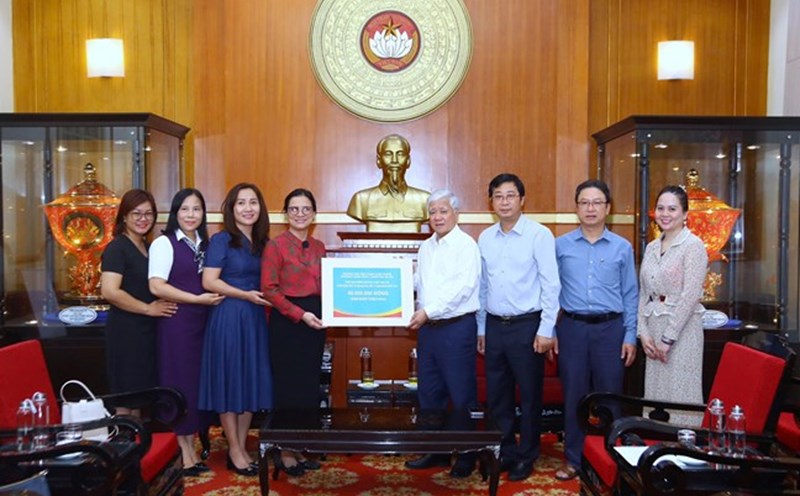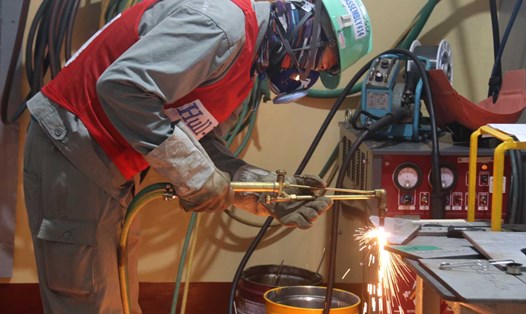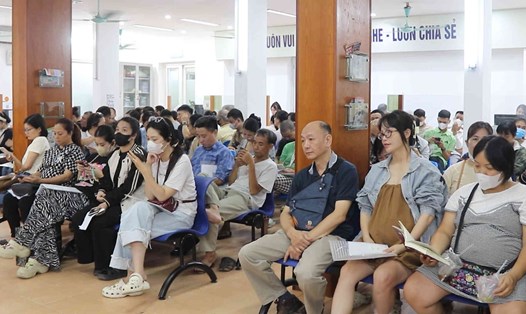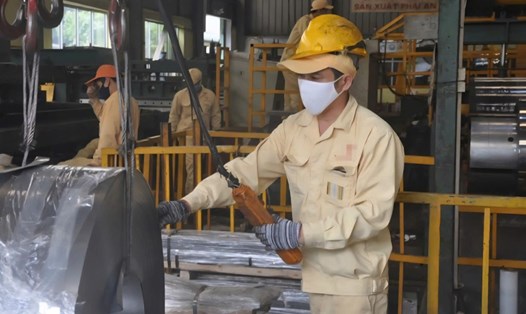According to a survey by the Hanoi Employment Service Center, in Hanoi, the population aged 15 and over will increase from 6.07 million in 2019 to 6.51 million in 2024; the labor force will increase from 4.12 million in 2019 to 4.15 million in 2024, estimated at 4.2 million in 2025.
Currently, the labor force participation rate in the capital is 63-65%, showing a high level of willingness to work among people of working age. However, this continuous increase in population size and labor force has a two-faced nature for the development of the capital, with both difficulties and challenges.
Basically, the abundant and growing labor supply is a core competitive advantage, providing the necessary human resources for expanding economic sectors, especially the high-tech service and industrial sector. This is a fundamental factor to attract investment, prevent labor shortages and maintain economic growth momentum.
However, in terms of challenges, this also creates huge pressure on the labor market, requiring the economy to create a large enough number of and quality jobs each year to not only absorb newly arrived labor force but also surplus labor from the restructuring process. If the speed of job creation does not keep up with the growth rate of the workforce, the risk of increased unemployment and unemployment will become a major challenge, causing direct pressure on the social security system.
The gender structure in the Hanoi labor market shows that there are some notable points when the female workforce accounts for nearly half (about 48-49%) and tends to increase slightly, showing the increasingly important role of female workers in the capital's economy. The allocation between urban and rural areas is quite balanced, however, labor relations in urban areas are tending to increase faster than in rural areas, reflecting the rapid urbanization and a super-urban is in the process of opening up.
After a period of decline due to the impact of the COVID-19 pandemic, the number of employed workers in the capital has tended to grow stably again in the period of 2020 - 2024, with an average annual growth rate of about 2%.
In the past 5 years, the employment rate in the agricultural, forestry and fishery sector has shown a continuous decline, from 8.1% in 2019 to only about 6% in 2024. This is an inevitable and positive trend, reflecting the process of urbanization and industrialization taking place strongly in a super-urban area, when agricultural land funds are increasingly narrowing.

The industrial - construction sector has maintained its role as an important pillar of the economy, with the labor force ratio fluctuating around 33-34% in the period of 2019-2022, but has shown signs of decreasing slightly in recent years, from 33.7% in 2019 to 32.8% in 2024.
The service sector has grown steadily and has increasingly affirmed its leading role in leading the labor market. The proportion of service labor increased from 58.2% in 2019 to 61.2% in 2024, becoming the most attractive labor sector and the main growth driver for the City. This explosion truly reflects the characteristics and advantages of Hanoi as a center of trade, finance, education, healthcare, tourism and technology of the whole country. However, the development of the service sector is also two-faced, both creating high-quality knowledge and producing a large number of informal and unstable jobs in areas such as technology transportation and personal services.


